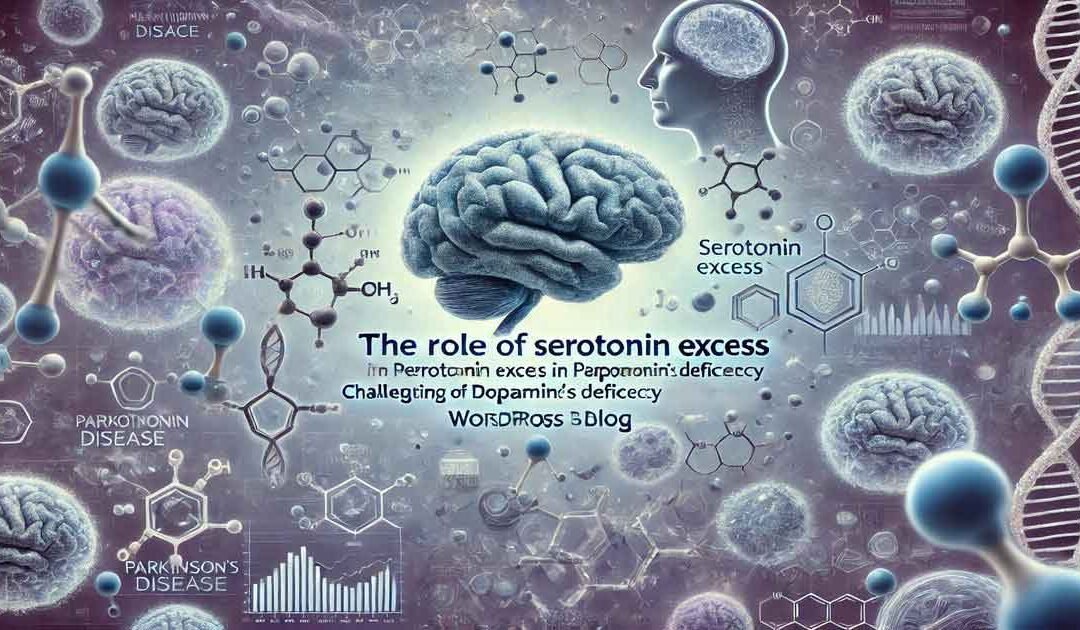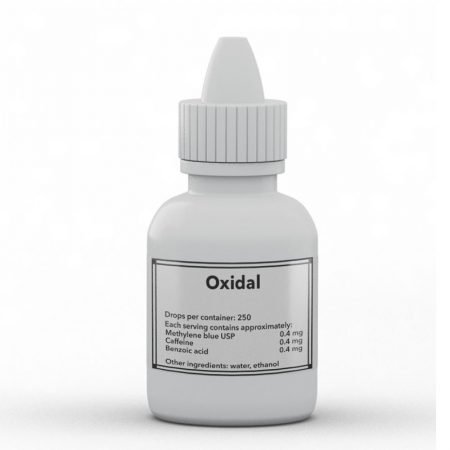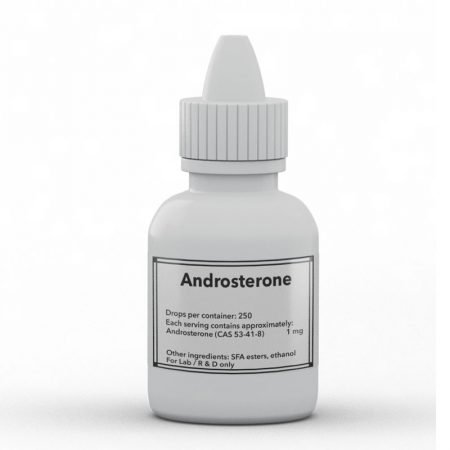Това е едно от най-променящите старата парадигма проучвания, които съм виждал тази година, и не е изненадващо, че основните медии използват всякакви трикове, за да избегнат прякото посочване на виновника. Дори съобщението за пресата и резюмето на изследването са формулирани по объркан начин, като се говори за “серотонинова дисфункция”, вместо за това, което показват резултатите от изследването – излишък на серотонин. Резултатите от проучването са прости. Загубата и/или намалената функционалност на белтъка SERT предхожда пълноценната болест на Паркинсон с повече от десетилетие и вероятно е пряка причина за нея. SERT е белтъкът, който деактивира серотонина, а неговата функция зависи от адекватните нива на натрий. Протеинът SERT е основната цел на SSRI лекарствата, тъй като те потискат неговата функция и по този начин насърчават ефекта на серотонина. Намаляването на SERT и последващото увеличаване на серотонина не само предхожда развитието на симптомите на паркинсоновата болест, но може да се използва и за измерване на нейната прогресия. Промените в допаминовата система и недостигът на допамин сега изглеждат като много късен етап, който дори може да не е в причинно-следствена връзка с признаците/симптомите. По този начин серотониновите антагонисти като ципрохептадин или инхибиторите на ТПХ могат да бъдат действително жизнеспособното лечение на Паркинсонтой, преди той дори да се прояви при повечето хора.
https://en.wikipedia.org/wiki/Serotonin_transporter
“…The serotonin transporter (SERT or 5-HTT) also known as the sodium-dependent serotonin transporter and solute carrier family 6 member 4 is a protein that in humans is encoded by the SLC6A4 gene.[5] SERT is a type of monoamine transporter protein that transports serotonin from the synaptic cleft back to the presynaptic neuron.[6] This transport of serotonin by the SERT protein terminates the action of serotonin and recycles it in a sodium-dependent manner. This protein is the target of many antidepressant medications of the SSRI and tricyclic antidepressant classes.[7]”
So, the study below found that a state of serotonin excess similar to the one caused by SSRI drugs may be the direct cause of Parkinson disease (PD) and can be used to diagnose the disease decades before it manifests in tremors, gait abnormalities, etc. This makes perfect sense since tremors are known clinically to be caused by serotonin excess and are one of the definining signs/symptoms of serotonin syndrome. Conversely, anti-serotonin drugs are known to stop tremors and twitching. Considering the inverse relationship between serotonin and dopamine it also makes perfect sense that an excess of serotonin results in a deficiency of dopamine. The findings of the study below may also explain why dopamine agonist drugs seem to be better at treating PD than standard therapy such as L-DOPA. The dopamine agonists are known to inhibit the enzyme tryptophan hydroxylase (TPH), which is the rate limiting step for synthesis of serotonin, and as such lead to lower systemic serotonin load. On the other hand, L-DOPA is not known to have such effects, so the serotonin excess continues while L-DOPA-only treatment.
Two major takeaways from this study. First and foremost, academic institutions (no matter how prestigious) cannot be trusted to say the truth. The fact that neither the study abstract, not the the press release directly expose serotonin excess as the possible cause of PD cannot be explained away as a simple error. Too many convoluted words and evasion when the findings of the study are so simple and direct. Second, PD joins the long list of conditions directly stemming from an energetic dysfunction mediated in this case by serotonin and likely driven by stress or, even more likely, iatrogenic factors like SSRI drugs.
https://www.thelancet.com/journals/laneur/article/PIIS1474-4422(19)30140-1/fulltext
“…Our findings provide novel insights into the premotor pathology and evolution of Parkinson’s disease, suggesting that serotonergic dysfunction, which can be detected by use of in-vivo molecular imaging in patients at risk of Parkinson’s disease, precedes the development of motor symptoms and visualisation of dopaminergic pathology. Moreover, we found that the presence of serotonergic pathology in the brainstem is associated with the overall burden of Parkinson’s disease.”
“…Premotor A53T SNCA carriers had normal striatal dopamine transporter scans, but loss of serotonin transporters was noted in raphe nuclei, brainstem, striatum, thalamus, hypothalamus, and amygdala. A53T SNCA carriers with Parkinson’s disease had loss of striatal dopamine transporters and loss of serotonin transporters extended to additional subcortical and cortical regions (eg, cingulate and insula), which were not seen in premotor A53T SNCA carriers. Our findings indicate that premotor A53T SNCA carriers with normal visualisation of dopamine transporters show an average of 34% loss of serotonin transporters in raphe nuclei and 22% loss in the striatum compared with healthy controls. In A53T SNCA carriers with Parkinson’s disease, the loss of serotonin transporters is extended to 48% in raphe nuclei and 57% in striatum, whereas the loss of striatal dopamine transporters in this group is 71%. In line with previous studies,18,19,24 A53T SNCA carriers with Parkinson’s disease showed increased loss of dopamine transporters in the caudate and no differences in the putamen compared with patients with idiopathic Parkinson’s disease. Furthermore, the severity of loss of serotonin transporter in premotor A53T SNCA carriers was in line with decreases observed in patients with idiopathic Parkinson’s disease, whereas A53T SNCA carriers with Parkinson’s disease showed greater losses of serotonin transporters than did idiopathic patients.”
https://www.eurekalert.org/pub_releases/2019-06/kcl-srr061819.php
“…The new study, funded by the Lily Safra Foundation, provides the first evidence of a central role for the brain chemical serotonin in the very earliest stages of Parkinson’s. The results suggest changes to the serotonin system could act as a key early warning signal for the disease. Chief investigator Professor Marios Politis, Lily Safra Professor of Neurology & Neuroimaging at the Institute of Psychiatry, Psychology & Neuroscience (IoPPN), says: ‘Parkinson’s disease has traditionally been thought of as occurring due to damage in the dopamine system, but we show that changes to the serotonin system come first, occurring many years before patients begin to show symptoms. Our results suggest that early detection of changes in the serotonin system could open doors to the development of new therapies to slow, and ultimately prevent, progression of Parkinson’s disease.’
“…Data from the 14 people with SNCA gene mutations were compared with 65 patients with non-genetic Parkinson’s disease and 25 healthy volunteers. The researchers found that the serotonin system starts to malfunction in people with Parkinson’s well before symptoms affecting movement occur, and before the first changes in the dopamine system. First author Heather Wilson, from the IoPPN, says: ‘We found that serotonin function was an excellent marker for how advanced Parkinson’s disease has become. Crucially, we found detectable changes to the serotonin system among patients who were not yet diagnosed. Therefore, brain imaging of the serotonin system could become a valuable tool to detect individuals at risk for Parkinson’s disease, monitor their progression and help with the development of new treatments.’
Източник:
- Колко пресни портокала са ви необходими, за да изчистите черния си дроб от мазнини?
- Хроничният стрес понижава допамина и причинява психични заболявания
- Естрогенът и кортизолът, а не андрогените, потискат имунитета
- Инхибирането на ароматазата (за намаляване на естрогена) може да доведе до лечение на рак на стомаха.
- Потиснатият имунитет, а не вирусите (HPV), може да е причина за рака на кожата











